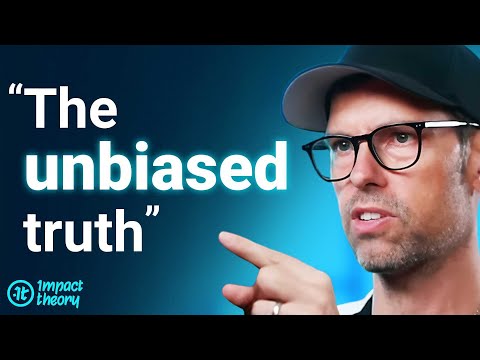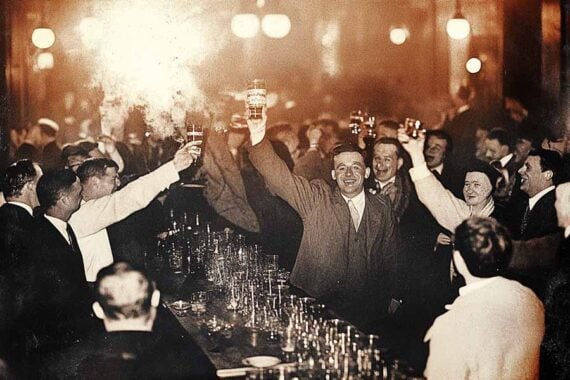
Optimizing a website for organic search rankings is well-known. Less common is optimizing for ad engines, crucial for managing the cost and effectiveness of paid traffic.
Ad targeting on social media and search engines relies on algorithms that bid for placements on advertisers’ behalf. Algorithms evaluate an ad and its linked landing page, assigning a relevancy score that influences the cost and performance. Meta calls the score “Quality Rank”; Google refers to it as “Ad Rank.” Both prioritize the relevance of an ad to the landing page.
Bidding engines on Meta, Google, and others optimize around a goal, typically conversions (for ecommerce). Low click rates on ads drive up their costs, as do landing experiences with low conversions.
But an optimized experience can reduce ad costs. Note the chart below showing my firm’s A/B test on Meta. The test traffic was split: half went to a standard ecommerce product page and half to an ad-engine-optimized version. Both used the same ad and budget. The optimized experience received 28% more traffic due to lower per-impression ad costs and drove 99% more revenue than the product page.
3 AEO Hacks
Ad engine optimization (AEO) prioritizes the relevance of a landing page to an ad. Little relevance produces high bounce rates and low conversions. Ad engines detect this and penalize the campaign with higher ad costs. Custom landing pages are the traditional fix. They work well for bottom-of-funnel and long-running campaigns but not for top-of-funnel customer acquisition, especially on social media.
For example, a shopper searching Google for a “red four-slot toaster” has a clear purchase intent and would likely convert from a landing page featuring red four-slot toasters.
But a consumer on Facebook might see an aspirational kitchen ad that happens to feature a red four-slot toaster, requiring a different landing approach.
Consider these AEO hacks:
- Mirror campaign creative. The simplest way to increase relevance is to mirror the images in the ad onto the landing page. This reassures shoppers they are in the right place, preventing an early bounce.
- Make it easy to buy all of the products. The top reason shoppers bounce is they can’t find the product, or it looks different. Incredibly, landing pages without the promoted products are common. It’s especially problematic on mobile, where the product may be swipes away from where the shopper lands. Hence ensure the landing page shows all products in the ad, not just the category or one item.
- Enable all intents. An ad showing a model on a beach wearing a t-shirt, shorts, and a hat could drive multiple interests: the t-shirt, shorts, summer, beachwear, or more. A landing experience focused on just one of those items will result in high bounces.
An optimized page makes it easy to buy, say, the advertised t-shirt while providing easy navigation to the other products. The page simultaneously shows all products in the ad and draws visitors into the broader category. The more visitors that browse, the more signals return to the ad engine, increasing the relevance score and lowering ad costs.
Algorithm Driven
To function, optimized pages require implementing the ad engine’s conversion API (“CAPI” for Meta and Google) to send the engagement signals. Testing and evolving the AEO experience is helpful — manually or automated.
Advertising on Meta, Google, and other channels is now algorithm-driven. Improving performance means optimizing for the algorithm. The combined quality of the ad and landing page directly impacts ad costs.






